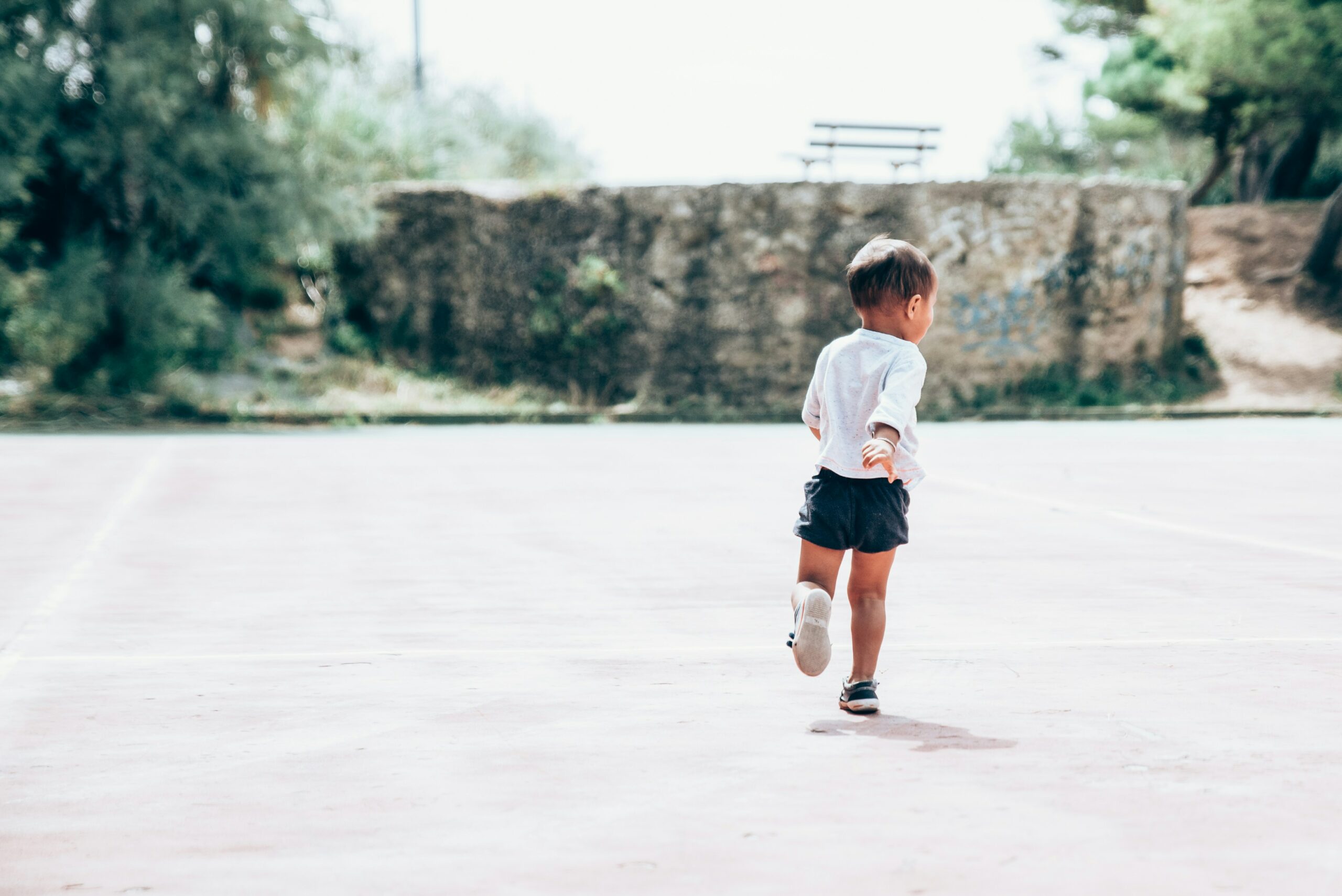It's important to be aware of hand, foot and mouth disease, which is a common childhood illness that is usually seen during the summer and fall. Please note that this is not the same disease that affects animals. The name of this disease comes from the distinct rash that appears on the hands, feet, and in the mouth.
How Does Hand, Foot and Mouth Disease Look Like?
The rash looks like tiny red bumps or blisters, which appear on the palms of the hands, soles of the feet, fingers, and toes. In the mouth, the rash manifests as painful sores or ulcers that tend to cluster in the back of the throat. However, it's important to note that the rash may not appear in all three areas and may also appear on the arms, legs, and buttocks.
Children who are afflicted with this illness commonly experience rashes and fever during the first few days. Some may also experience loose stools. While skin rashes are generally not too uncomfortable, mouth sores can be extremely painful and may lead to children refusing to eat or drink.
How To Diagnose Hand, Foot and Mouth Disease?
Hand, foot, and mouth disease can usually be diagnosed by most doctors by examining the rash and mouth sores. In some cases, the doctor may take a swab of the child's throat and send it to a lab for testing. Additionally, the doctor may request that the parent collect a stool sample from the child so that it can be tested for the virus.
How to Treat Hand, Foot and Mouth Disease?
Hand, foot, and mouth disease doesn't have a specific cure. However, you can make your child feel comfortable until the illness resolves by following these tips: - Treat mouth pain to ensure that your child drinks well and avoids dehydration. You can use effective pain medicines. Offering your child soft foods like yoghurt, pasta, pudding, or smoothies along with ice pops will provide sustenance and relieve pain. Provide your child with a variety of fluids and keep in mind that if your child is not eating, water alone won't provide energy for their body, nor will it provide the salt needed to maintain blood pressure. The worst mouth pain usually occurs during the first three to five days of the illness. Keep in mind that antibiotics and other medications won't kill this virus.
Tips to Prevent Hand, Foot and Mouth Disease
Hand, foot, and mouth disease is caused by the coxsackie virus which spreads mainly through saliva and stool. Toddlers are more susceptible to the disease because they usually touch other children or share toys and then put their hands in their mouths. Frequent handwashing is the best way to limit the spread of the virus. It's not just kids, adults can also get the disease, so it's important to wash your hands frequently, especially while caring for your child and after changing diapers.
How Long is The Virus Contagious?
People with Hand, Foot, and Mouth Disease (HFMD) are highly contagious during the first week of infection. After that, they become less infectious and are usually no longer contagious after seven to ten days. Once the infection resolves, the person develops immunity to the specific virus that caused HFMD. However, it's important to note that different viruses can cause HFMD, so someone can still get it again from another enterovirus.
It is difficult to determine the exact duration of contagion for hand, foot, and mouth disease in children. However, it is known that the disease can be spread by children starting from the day before the rash onset and for a few days after the rash appears. As long as children are not running a fever and are behaving normally, childcare centres generally do not exclude them from attending. This assumption is made based on the belief that proper handwashing is being followed routinely.
When to Consult with a Paediatrician?
It's important to keep in mind when to call the paediatrician. Children usually recover well from viral illnesses and don't always experience pain. If your child has a rash, it typically doesn't require any treatment, but it's best to keep them home from school until their fever and pain go away. The rash may take up to one to two weeks to resolve, but that's okay.
However, you should call your child's healthcare provider if you have trouble diagnosing their illness. Also, if your child isn't drinking enough fluids and shows signs of dehydration, like dry lips, no tears while crying, dark yellow urine, and decreased urination (no wet diaper for the last six to eight hours), it's time to contact a doctor. Other reasons to call a doctor include if your child's fever lasts for more than three days if they're experiencing a lot of pain, if they're lethargic or not interacting with you in their usual manner, or if you have any other concerns about their health.


 71–75 Shelton Street, Covent Garden, London, WC2H 9JQ
71–75 Shelton Street, Covent Garden, London, WC2H 9JQ +44 (0) 20 3376 1032
+44 (0) 20 3376 1032



